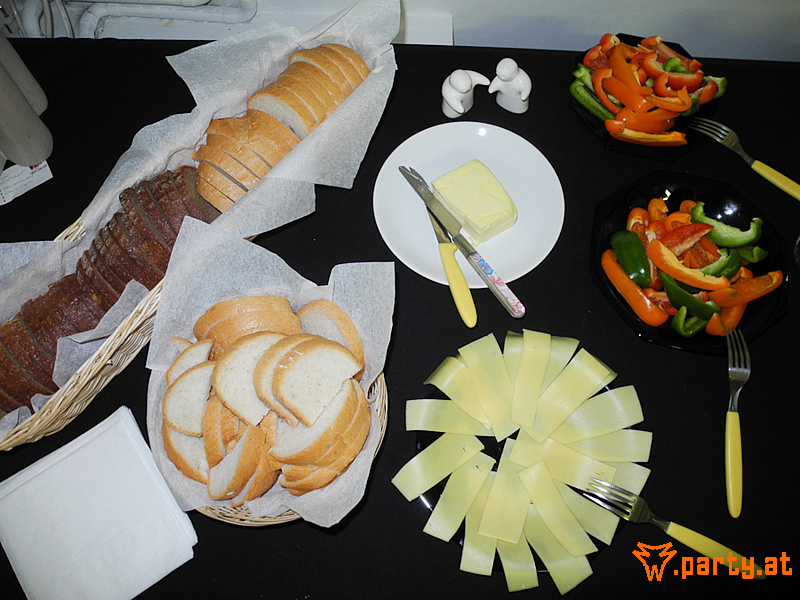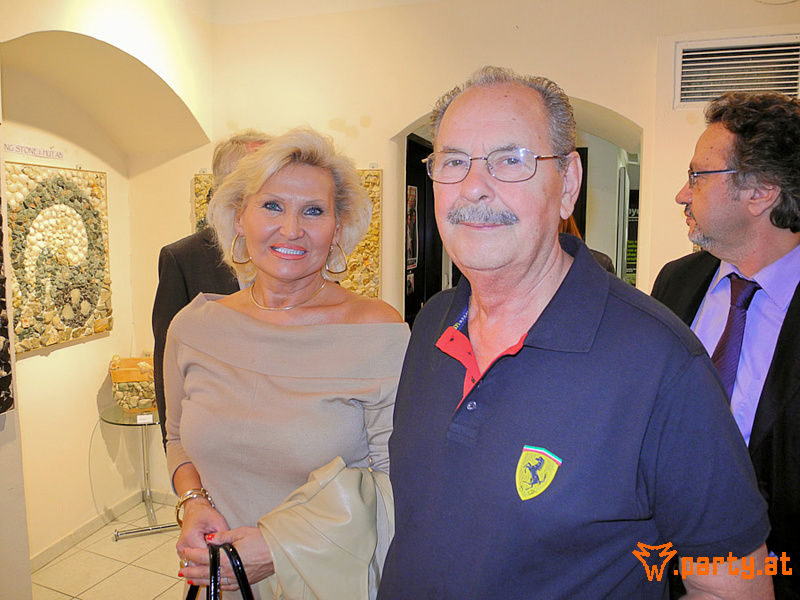

As was his custom he had decided not to attend the opening. Duchamp, incidentally, was nowhere to be seen. They were under strict orders from Duchamp to carry on playing throughout the event, and to explain, if questioned, that they were playing on Duchamp’s instructions. From all accounts the group of children, led by the eleven-year-old Carroll Janis (son of the art collector Sidney Janis), consisted of six boys dressed in baseball, basketball and football attire, who threw balls among themselves, and six girls who played skipping games, jacks and hopscotch. Wealthy art patrons and members of New York’s cultural elite milled around, attempting to make what they could of the strange web or net in which they were caught, peering through it to look at the paintings, while a number of children wove in and out of the guests, eventually carving out a space for themselves in the central area of the exhibition.

If the installation of the show was dramatic enough, its opening reception, or ‘vernissage’, which took place on 14 October 1942, was even more unusual.
#VERNISSAGE PARTY FREE#
3įour years before First Papers of Surrealism he had installed the group’s last exhibition in Paris, Exposition internationale du surréalisme, and, as will be become clear, arguably made use of the free hand he was given in mounting these two major late exhibitions to subtly (or perhaps not so subtly) question the validity of the group’s commitment to social revolution. 2ĭuchamp is generally understood to have been sympathetic to surrealism and broadly in tune with its preoccupations, although he was deeply sceptical of psychoanalysis and of the group protocols established by Breton. The way in which the criss-crossing twine prohibited engagement with the art on show might well relate to Duchamp’s ongoing critique of surrealism, which can be discerned in his work of the 1940s and which was picked up by contemporary critics such as Robert Coates, who, writing in the New Yorker, felt that the process of stringing, which must have become repetitive and tiresome by the time Duchamp had finished, commented obliquely on the tiredness of surrealism. While this web-like construction produced the succès de scandale that Breton and the surrealists had hoped for, Duchamp’s intervention must have surpassed their expectations, to the extent that it almost obliterated the view of some of their works, which were supposed to be the centre of attention. Titled First Papers of Surrealism, the exhibition included paintings and sculptures by more than thirty artists accompanied by examples of so-called ‘primitive art’, and was designed by Marcel Duchamp, who living up to his reputation for iconoclasm and conceptual innovation, produced one of the most audacious exhibition installations of the early twentieth century, threading the entire space of the gallery with his so-called ‘mile of string’ (fig.1). In 1942, in a large nineteenth-century Italianate mansion in central Manhattan, a group of émigré surrealist artists led by André Breton mounted the first major exhibition of surrealist art in the United States.


 0 kommentar(er)
0 kommentar(er)
